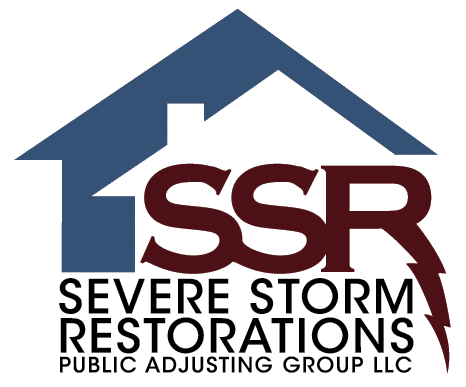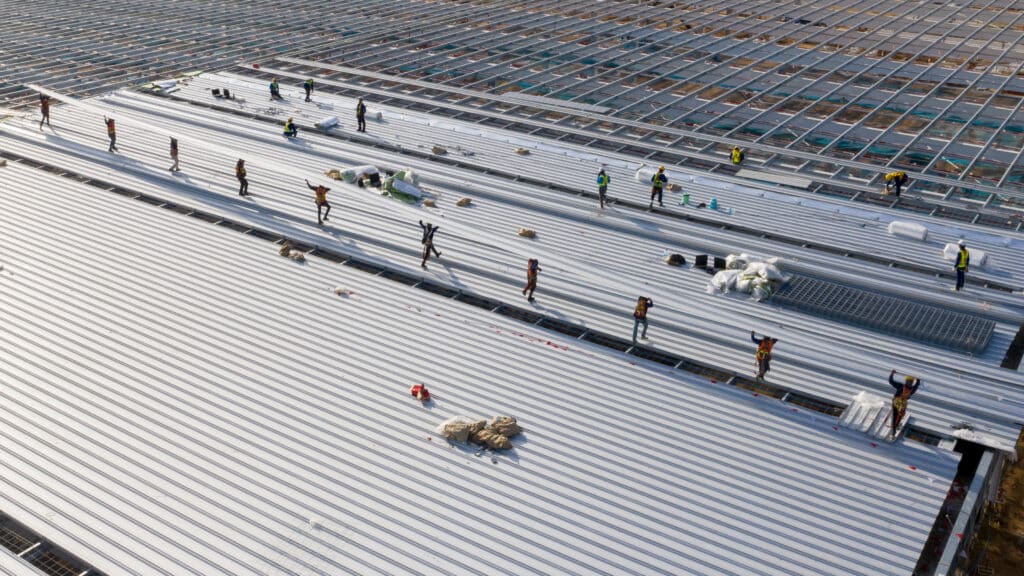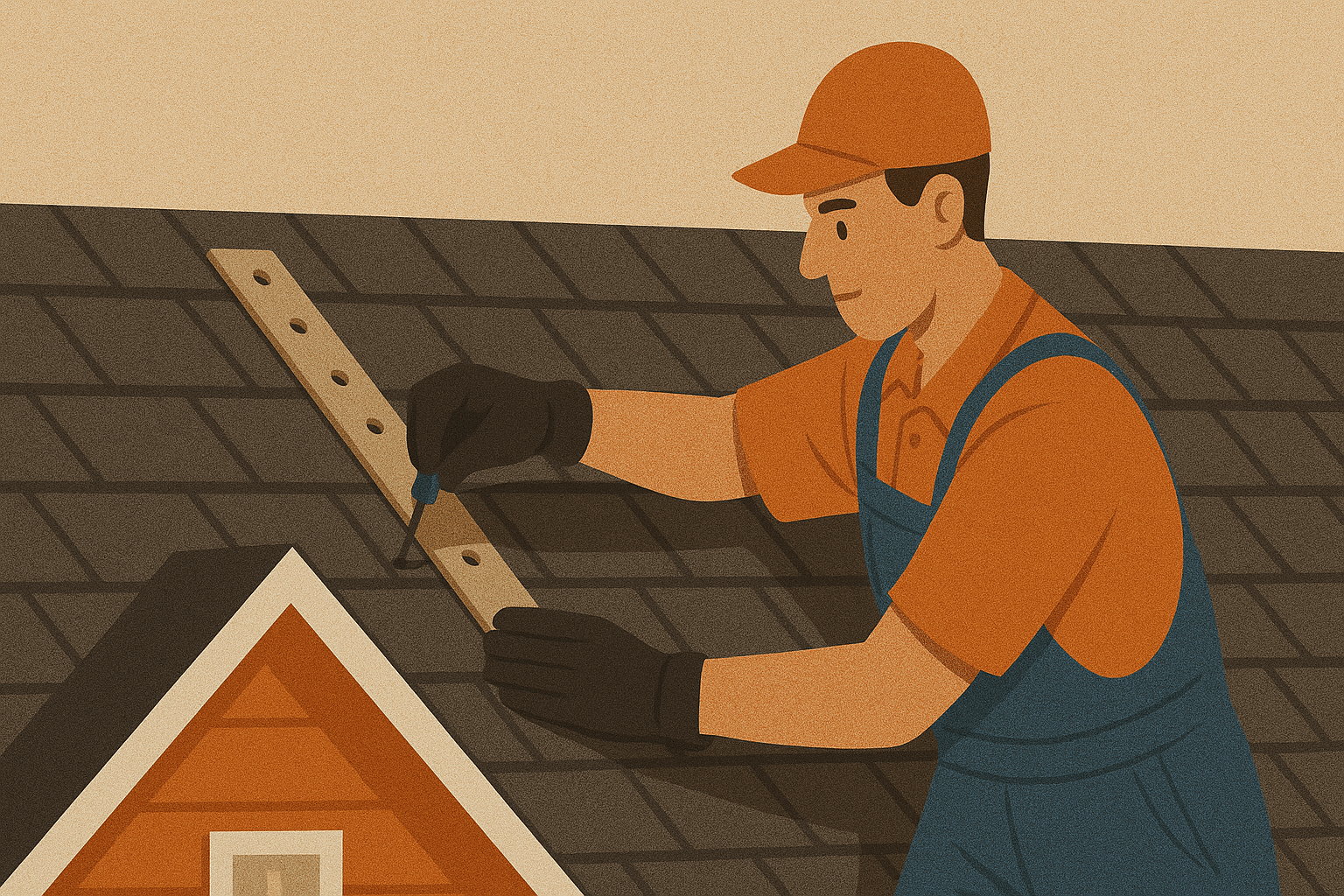Table of Contents
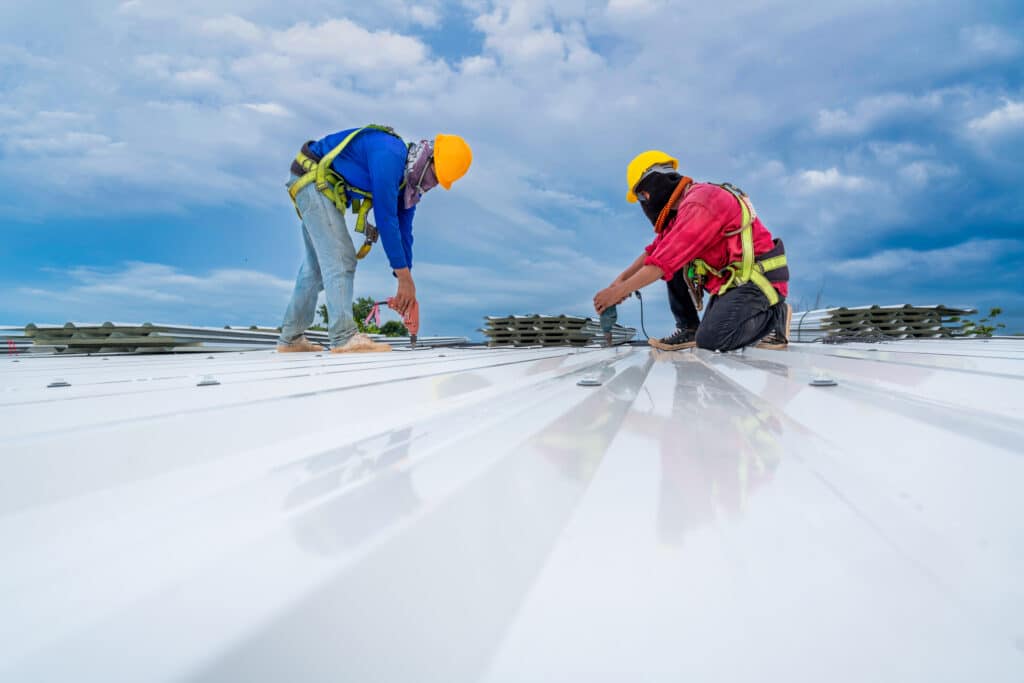
Your roof is one of the most critical components of your home or commercial property. Serving as the first line of defense against the elements, it protects you from rain, wind, hail, snow, and extreme temperatures. A well-maintained roof not only shields you from harsh weather but also contributes to the overall structural integrity of your building. It plays a significant role in insulating your property, enhancing energy efficiency, and maintaining a comfortable indoor environment.
Over time, even the most durable roofs can suffer from wear and tear due to constant exposure to the elements. Factors such as UV radiation, heavy rainfall, snow accumulation, and fluctuating temperatures can cause roofing materials to deteriorate. This degradation can lead to issues like leaks, cracked or missing shingles, and weakened structural components. Ignoring these problems may result in more severe damage, including water infiltration, mold growth, and compromised structural stability.
Understanding the importance of regular roof repair and maintenance is essential for prolonging the life of your roof and safeguarding your property investment. Regular inspections can help identify minor issues before they escalate into major problems, saving you time and money in the long run. Proactive maintenance not only preserves the functionality of your roof but also enhances curb appeal and property value.
In this comprehensive guide, we’ll delve into everything you need to know about roof repair. We’ll start by identifying common roofing problems that property owners face, helping you recognize early warning signs. Then we’ll explore various repair options tailored to different types of roofs and materials. Finally, we’ll discuss preventive maintenance strategies designed to keep your roof in optimal condition year-round. Whether you’re a homeowner or manage a commercial property, this guide will equip you with the knowledge to make informed decisions about your roof’s care and maintenance.
Common Roofing Problems
Understanding the common issues that can affect your roof is the first step in effective roof repair. By recognizing potential problems early, you can address them promptly and prevent minor issues from developing into costly repairs or even complete roof replacement. Common roofing problems can result from various factors such as weather conditions, aging materials, poor installation, or lack of maintenance. Being aware of these prevalent issues allows homeowners and business owners to take proactive measures to protect their roofs, extend their lifespan, and ensure the safety and comfort of everyone inside the building.
Here are some prevalent problems homeowners and business owners may encounter:
Leaks and Moisture
Roof leaks are among the most common roofing problems. They can be caused by various factors, including damaged shingles, cracked flashing, or improperly sealed roof penetrations like vents and chimneys. Moisture infiltration can lead to water damage in your attic and ceilings, promoting mold growth and compromising the structural integrity of your roof.
Missing or Damaged Shingles
Shingles can become damaged or go missing due to high winds, hail, or general aging. Damaged shingles expose the underlying roof materials to the elements, increasing the risk of leaks and further deterioration.
Sagging Roof Deck
A sagging roof deck is a serious issue that indicates structural problems. It can result from prolonged water damage, excessive weight from snow or ice, or inadequate support during construction. Addressing a sagging roof promptly is crucial to prevent potential collapse.
Poor Ventilation
Proper roof ventilation is essential for regulating temperature and moisture levels in your attic. Poor ventilation can lead to heat and moisture buildup, causing shingles to deteriorate faster and increasing energy costs due to overworked HVAC systems.
Flashing Damage
Flashing is used to seal and protect areas where the roof intersects with vertical surfaces like walls or chimneys. Damaged or improperly installed flashing can allow water to seep into the roof structure, leading to leaks and water damage.
Gutter Issues
Clogged or damaged gutters can cause water to back up and overflow onto the roof, leading to moisture problems. Proper gutter maintenance is an integral part of roof care.
The Importance of Timely Roof Repair
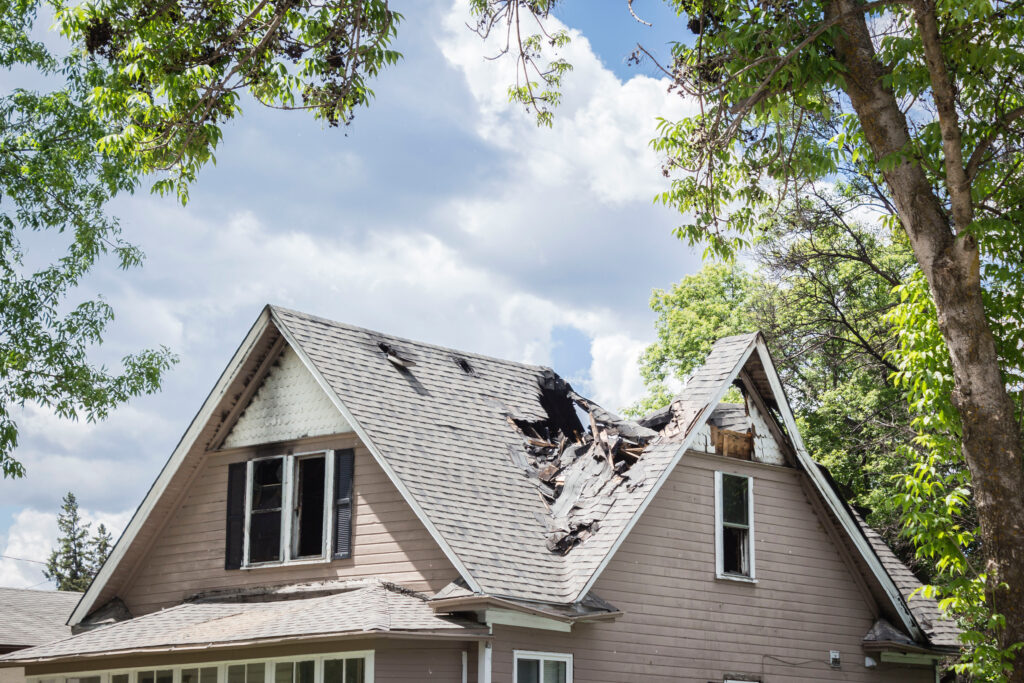
Addressing roofing problems promptly through roof repair is essential for several reasons. Timely intervention prevents minor issues from escalating into major, more costly repairs. For example, a small leak can lead to extensive water damage, mold growth, and structural deterioration if left unattended. Prompt roof repair also maintains the integrity of your property’s structure, ensuring the safety and comfort of its occupants. Additionally, fixing problems early can extend the lifespan of your roof, enhance energy efficiency by preventing heat loss, and preserve the overall value of your property.
Preventing Structural Damage
Minor roofing issues can escalate into significant structural problems if left unattended. Water infiltration can weaken the roof deck, supports, and even the foundation of your property.
Avoiding Mold and Mildew Growth
Moisture from roof leaks creates the perfect environment for mold and mildew to thrive. These organisms can cause health problems for occupants and require extensive remediation efforts.
Enhancing Energy Efficiency
Damaged roofs can compromise your property’s insulation, leading to higher energy bills as your heating and cooling systems work harder to maintain indoor temperatures.
Maintaining Property Value
A well-maintained roof enhances your property’s curb appeal and market value. Conversely, visible roof damage can deter potential buyers and lower your property’s worth.
Signs Your Roof Needs Repair
Regular inspections can help you spot signs that your roof may need repair. Here are some indicators to watch for:
Interior Signs
- Water Stains: Brown or yellow stains on ceilings or walls indicate water infiltration.
- Dripping Water: Active leaks during rainstorms are a clear sign of roof problems.
- Mold Growth: Visible mold or a musty odor can suggest moisture is entering your home.
- Peeling Paint or Wallpaper: Excess moisture can cause interior finishes to deteriorate.
Exterior Signs
- Missing Shingles: Gaps on your roof where shingles are missing.
- Damaged Shingles: Cracked, curled, or blistering shingles.
- Granule Loss: Accumulation of shingle granules in gutters or at downspouts.
- Sagging Roofline: Visible dips or sags in the roof structure.
- Damaged Flashing: Loose or corroded flashing around chimneys, vents, or skylights.
- Gutter Issues: Sagging, overflowing, or leaking gutters.
Regular Roof Inspections
Conducting roof inspections at least twice a year, in the spring and fall, can help identify issues early. Inspections should also be done after major storms or extreme weather events.
DIY Roof Repair vs. Professional Services
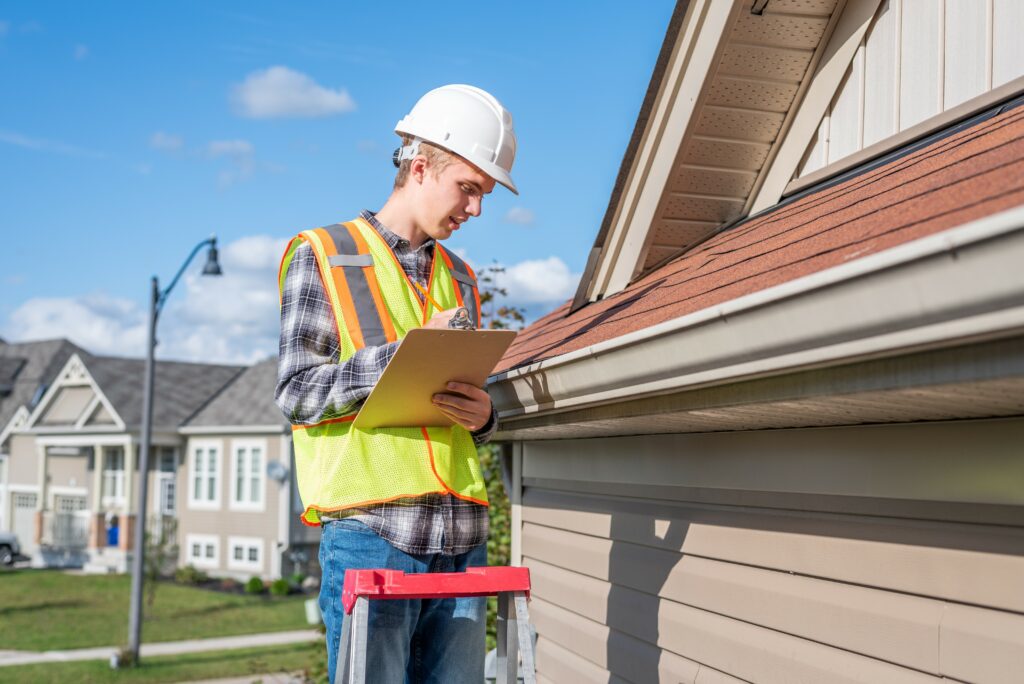
When it comes to roof repair, you may be tempted to tackle the job yourself to save money or time. However, it’s important to weigh the potential risks and benefits before making a decision. DIY repairs can be cost-effective for minor issues, but they often come with safety risks and the potential for mistakes that could worsen the problem. Hiring a professional ensures that the job is done safely, efficiently, and according to industry standards, often with warranties for added peace of mind. Consider factors such as the complexity of the repair, the tools and materials required, and your own experience and comfort level when deciding whether to DIY or hire an expert.
Pros and Cons of DIY Roof Repair
Pros:
- Cost Savings: Eliminating labor costs can make repairs cheaper.
- Immediate Action: You can address minor issues quickly without waiting for a contractor.
Cons:
- Safety Risks: Roofing work can be dangerous due to heights and slippery surfaces.
- Lack of Expertise: Without proper knowledge, you may not fully resolve the issue.
- Potential for Further Damage: Incorrect repairs can exacerbate problems.
- Warranty Issues: DIY repairs may void manufacturer warranties.
Benefits of Hiring a Professional
- Expertise: Professionals have the training to diagnose and fix roofing problems effectively.
- Safety: Experienced roofers follow safety protocols to prevent accidents.
- Quality Materials: Professionals use high-quality materials suited for your roof type.
- Warranty Protection: Workmanship warranties provide peace of mind.
- Efficiency: Professionals can complete repairs more quickly and thoroughly.
Roof Repair Process
Understanding the roof repair process can help you know what to expect when hiring a professional.
Assessment and Inspection
A professional roofer will perform a comprehensive inspection to assess the extent of the damage. This includes checking the roof’s surface, flashing, gutters, and attic space.
Selecting Materials
Based on the inspection, the roofer will recommend appropriate materials for the repair. Matching existing materials ensures consistency in appearance and performance.
Repair Techniques for Different Roof Types
Asphalt Shingle Roofs:
- Replacing Shingles: Damaged shingles are removed, and new ones are installed.
- Sealing Cracks: Minor cracks can be sealed with roofing cement.
Metal Roofs:
- Fixing Leaks: Leaky seams are sealed with metal roofing sealant.
- Replacing Panels: Severely damaged panels are replaced.
Tile Roofs:
- Replacing Tiles: Broken or cracked tiles are carefully removed and new ones fitted.
- Securing Loose Tiles: Loose tiles are re-secured to prevent them from falling.
Flat Roofs:
- Patching Membranes: Tears or punctures in the membrane are patched.
- Resealing: The entire roof may be resealed to prevent future leaks.
Safety Considerations
Professional roofers adhere to safety standards, using harnesses, guardrails, and proper footwear to prevent accidents.
Preventive Roof Maintenance
Preventive maintenance can significantly extend the life of your roof and minimize the need for major repairs. By staying proactive with regular inspections and upkeep, you can address potential issues before they escalate, ensuring your roof remains in optimal condition year-round.
Regular Cleaning and Debris Removal: Leaves, branches, and other debris that accumulate on your roof can trap moisture, which promotes the growth of mold and accelerates the decay of roofing materials. By regularly removing this debris, you help keep your roof dry and well-ventilated. Additionally, cleaning moss and algae is essential because these organisms can break down roofing materials over time, leading to leaks and other damage. Regular roof cleaning prevents these problems and extends the lifespan of your roof.
Gutter Maintenance: Your gutters play a critical role in diverting water away from your roof and foundation. Regularly cleaning your gutters to remove leaves, twigs, and other debris is essential to preventing water backups that can cause leaks and damage to the roofing structure. It’s also important to check for any leaks or damage to the gutter system and make necessary repairs promptly to ensure water is being properly directed away from your home or business.
Addressing Minor Issues Promptly: Small problems, such as leaks or damaged shingles, may seem insignificant at first, but they can quickly escalate into more significant issues if left unattended. Fixing small leaks as soon as they’re detected can prevent water damage and mold growth. Similarly, replacing damaged or missing shingles early on helps maintain the integrity of the roof, ensuring that further deterioration doesn’t occur.
Seasonal Maintenance Tips: Each season brings unique challenges to your roof, making seasonal maintenance crucial. In winter, it’s important to remove snow buildup to prevent ice dams, which can damage both the roof and the interior of your home. In spring, inspect your roof for any damage caused by harsh winter weather. During summer, check for heat-related issues like blistering shingles, as excessive heat can weaken the roofing materials. In fall, clear your gutters and make necessary preparations for the winter months ahead to ensure your roof is ready to withstand colder conditions.
Choosing the Right Roof Repair Contractor
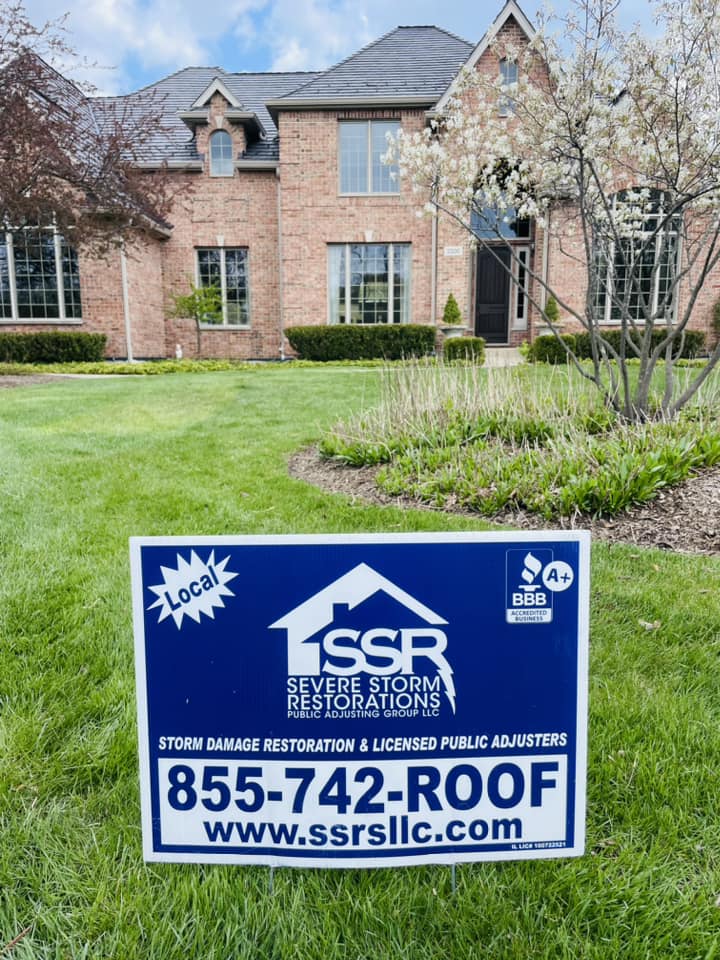
Selecting a reputable contractor is crucial for ensuring the quality and longevity of your roof repair. Choosing the right professional can make all the difference in the success of the project, helping you avoid subpar work that could lead to additional issues down the road.
What to Look For: Experience is key when selecting a contractor. Look for professionals with a proven track record in roof repair, as they are more likely to deliver high-quality work. In addition, it’s essential to verify that the contractor is fully licensed and carries liability insurance. This not only protects you in case of accidents but also ensures that the contractor meets industry standards. Finally, ask for local references. Hearing from past clients in your area will give you a sense of the contractor’s reliability and the quality of their work.
Questions to Ask Potential Contractors: Before hiring a contractor, ask about their experience with your specific roof type, whether it’s asphalt shingles, metal, tile, or flat roofing. It’s also important to get a written estimate that details the scope of the work and expected costs. This will help you avoid unexpected expenses. Additionally, ask about warranties on both the materials and the workmanship, as this provides added protection for your investment. Finally, find out how long the repair will take so you can plan accordingly and avoid unnecessary delays.
Checking Credentials and References: When evaluating a contractor, take the time to verify their licenses by checking with local licensing authorities. This ensures that the contractor is authorized to perform roofing work in your area. Reading online reviews and ratings can also provide valuable insights into their reputation and the satisfaction of previous clients. Contacting references is another crucial step. Speaking with past customers directly will give you a clear understanding of the contractor’s professionalism, work quality, and ability to meet deadlines.
Roof Repair Costs and Budgeting
Understanding the factors that influence repair costs can help you budget effectively for roof repairs, ensuring you are prepared for potential expenses. By being aware of the variables that affect pricing, you can make informed decisions and avoid unexpected financial strain.
Factors Influencing Repair Costs: The extent of damage is one of the most significant factors that will impact the cost of repairs. More severe damage will require additional materials and labor, which can increase overall costs. Additionally, the type of roof and materials used can greatly affect pricing. Some materials, like tile or metal, are more expensive to repair or replace than asphalt shingles. Roof accessibility is another important factor. If certain areas of the roof are difficult to reach or require special equipment to access, labor costs may rise. Lastly, don’t forget about permits and regulations. Many local governments require permits for roof repairs, and complying with local building codes can add to the overall cost of the project.
Getting Estimates: It’s important to obtain multiple quotes from different contractors before committing to a roof repair project. Aim to get at least three estimates to compare pricing and ensure you’re getting a fair deal. When reviewing quotes, make sure you’re receiving a detailed breakdown of costs. This should include labor, materials, and any additional fees, such as permits or disposal costs. A clear, itemized estimate will help you understand what you’re paying for and avoid surprises later on.
Budget-Friendly Repair Options: If you’re working with a limited budget, there are ways to prioritize your spending. Focus on the most urgent repairs first by prioritizing critical issues that, if left unattended, could lead to more serious damage. If immediate repairs are too costly, consider temporary fixes to prevent further deterioration until you can afford full repairs. For example, sealing a small leak temporarily can buy time until a permanent solution is within your budget. Additionally, some contractors offer maintenance plans that allow you to spread out costs over time, making it easier to manage your expenses without sacrificing the quality of your roof.
Roof Repair and Insurance
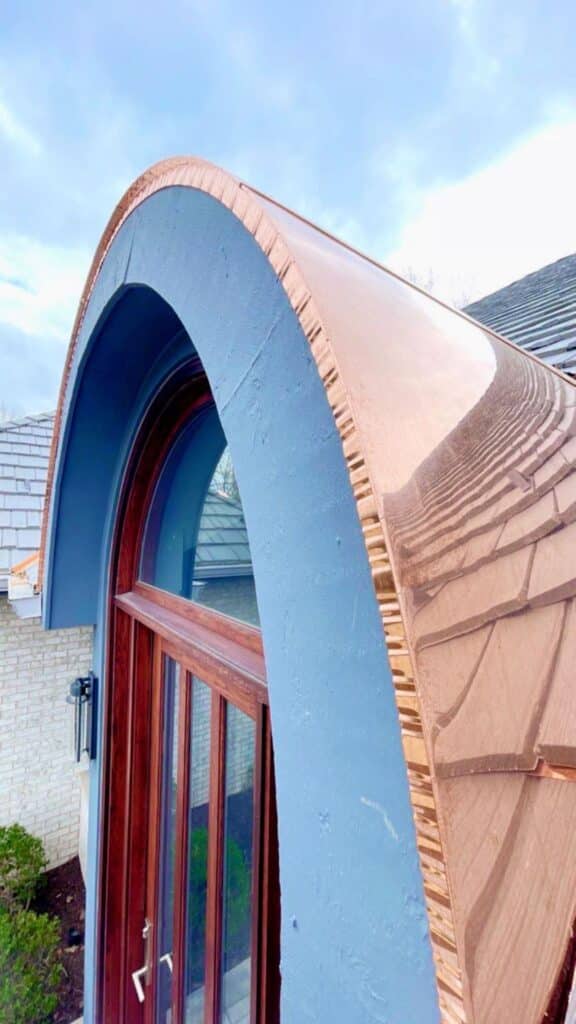
Insurance can offset the cost of roof repairs, especially when damage is due to unforeseen events.
Understanding Your Policy
- Coverage Details: Know what types of damage are covered.
- Deductibles: Be aware of the amount you’ll need to pay out of pocket.
- Exclusions: Understand any exclusions that may apply.
Filing a Claim
- Document Damage: Take photos and notes of all damage.
- Contact Your Insurer Promptly: Report the damage as soon as possible.
- Provide Estimates: Submit repair estimates from reputable contractors.
Working with Adjusters
- Be Present During Inspection: Ensure all damage is noted.
- Ask Questions: Clarify any uncertainties about coverage or the claims process.
- Keep Records: Document all communications and agreements.
Conclusion
Roof repair is a vital aspect of property maintenance that protects your investment and ensures the safety and comfort of your home or business. By understanding common roofing problems, recognizing signs of damage, and knowing when to call in professionals, you can address issues promptly and effectively. Regular maintenance and inspections play a crucial role in preventing minor problems from becoming major headaches.
Whether you’re dealing with a leaky roof, missing shingles, or more significant structural concerns, taking timely action is key. By choosing the right contractor, budgeting appropriately, and leveraging insurance when applicable, you can navigate the roof repair process with confidence.
At Severe Storm Restorations, LLC, we specialize in expert roof repair services tailored to meet your specific needs. Our team of skilled professionals is committed to restoring your roof to its optimal condition, ensuring lasting protection for your property. Contact us today at (855) 742-7663 or visit our website at severestormrestorations.com to schedule a roof inspection and take the first step toward safeguarding your property.
